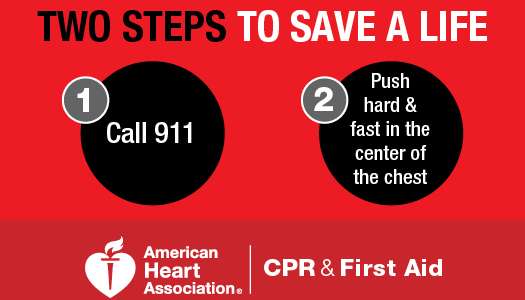Bystander CPR on kids has increased, survival odds improve for some

Bystander CPR on kids is increasing and is improving survival from cardiac arrest outside the hospital, according to research presented at the American Heart Association's Scientific Sessions 2015.
Researchers analyzed 2,176 children (infants to age 18) with cardiac arrest, drawn from a key national registry of 22 million people representing 29 major cities in the United States. The Cardiac Arrest Registry to Enhance Survival (CARES) registry tracks characteristics and impact of out-of-hospital cardiac arrests.
Just under half (49 percent) of children who had a cardiac arrest between January 2013 and December 2014 received bystander CPR. This is higher than previous published reports from the United States. This was associated with an 11 percent likelihood of neurologically favorable survival compared to 7 percent for children who did not receive CPR from a bystander.
The majority of children in the study were infants (62 percent) or adolescents (19 percent). Eighty-six percent of cardiac arrests occurred at home, 75 percent were not witnessed and 93 percent had a non-shockable rhythm.
Most bystander CPR was performed by a family member. Bystander CPR was more common for white children (60 percent) than for African-American children (42 percent) and Hispanic children (44 percent).
Though infants represent the largest age group, bystander CPR had no effect on survival.
"This lack of impact on infants suggests the need for a public health strategy to improve the use of bystander CPR," said Maryam Naim, M.D., the study's lead author and assistant professor of anesthesiology and critical care at the Children's Hospital of Philadelphia at the University of Pennsylvania.
The CARES registry involves a number of organizations for funding and tracking including the American Heart Association, American Red Cross, Emory University, the Centers for Disease Control and Prevention, and two device companies, Metronic and Zoll.
















